Curious Questions: Why do brides throw their bouquets? And wear white? And wear something old, new, borrowed and blue?
Weddings are full of all manner of weird and wonderful traditions and superstitions – Annunciata Elwes gets to the bottom of some of the most famous.


I heard a horror story a while ago. I was told that brides historically wore veils to stop their prospective husbands from running off – when embarking on an arranged marriage, apparently it’s better to find out your other half looks like the Hunchback of Notre Dame after you’ve exchanged vows.
I am pleased to say that this rather barbaric story is not true. Well, it might be partly true…
Read on for explanations of our most bizarre customs.
Want more wedding inspiration? Country Life's special weddings issue is out now.
Why do brides wear something old, something new…
...something borrowed and something blue – and, in some versions, a sixpence in their shoe? This Victorian ditty stems from a custom of ancient Israel, where brides wore a blue ribbon for constancy.
The something old is for tradition, new for the future, borrowed from someone happily married, blue to symbolise fidelity and a sixpence for future fortune.
Why do brides throw their bouquets?
This curious tradition, on the face of it, seems bizarre – particularly when you see the cost of wedding flowers. Why would you want to throw such a keepsake away rather than, say, drying it and keeping it in the back of a cupboard for the next 20 years?
Exquisite houses, the beauty of Nature, and how to get the most from your life, straight to your inbox.
The answer is that it actually evolved as a way of avoiding an earlier, and somewhat more disturbing, custom: that of the wedding guests trying to touch the bride's dress – and even pull a bit of it off as a souvenir. The story goes that brides, in order to stop being charged by guests at the appropriate moment of the wedding, began throwing their bouquets as a diversionary tactic.
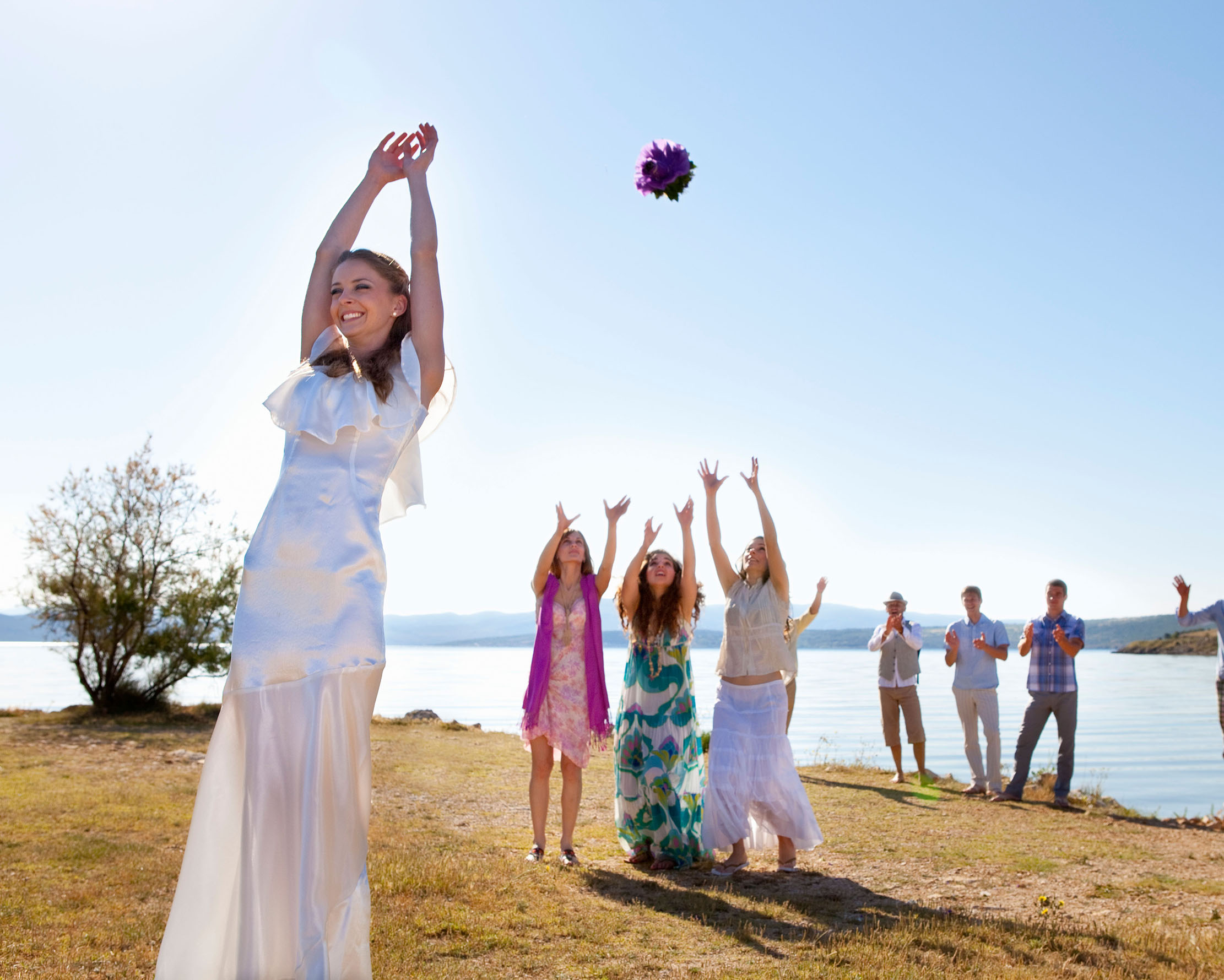
Why do brides wear veils?
No, it’s not all about hiding a hook nose and warts until after the permanence of ‘I do’ – at least, not entirely. Ancient Greeks and Romans believed that the veil provided protection against evil spirits, and the habit stuck (pun intended). As habits go, it’s not bad – in Denmark, the bride and groom used to cross dress to confuse said spirits.
Later, the veil came in useful for business-transaction weddings that involved unattractive brides and fuelled the superstition about not seeing the bride before the wedding for fear of bad luck (or bad looks).
Why do brides wear white dresses?
Historically, maidens married in their finest frock, whatever it’s colour, although red was ever popular, due to its association with passion. In fact, white was a colour of mourning. Then came Queen Victoria, who, in 1840, stubbornly wed Prince Albert in a dress of ‘rich white satin’, crowned with a wreath of orange blossom, symbolising chastity.
‘Custom has decided, from the earliest ages, that white is the most fitting hue, whatever may be the material,’ proclaimed popular women’s magazine Godey’s Lady Book just a few years later. ‘It is an emblem of the purity and innocence of girlhood, and the unsullied heart she now yields to the chosen one.'

Why do the happy couple exchange rings?
Although we now know that the vena amoris (‘vein of love’) in the fourth finger does not have a more direct connection to the heart than any other, we persist with our romantic tradition. The never-ending circle of a wedding band is, of course, a symbol of eternity, but the popularity of betrothal or engagement rings has been gathering momentum for centuries, spurred on by the odd ostentatious royal gift.
The Romans had iron rings, and gold set with gems – in red for passion or blue to reflect the Heavens – became the norm in medieval times. But a diamond really is forever, even if it is merely a 1940s De Beers advertising slogan. From the Greek adamas, meaning ‘the unconquerable’, they are Nature’s hardest substance and the ancients believed that, as fragments from fallen stars, they offered the wearer protection. And that’s amore.

Why does the bride stand on the left of the groom?
The bride stands on the left so that her suitor has his right arm – his sword hand – free to fend off rivals and, possibly, the bride’s parents. The best man, of course, is his second.
Why do guests throw confetti?
The Italians used to toss sugared almonds at parades and celebrations – this must have been painful. Some preferred chalk pellets or mud balls – even worse. We in England threw grains of rice for years, a pagan symbol of fertility, but the Victorians introduced shredded paper. Dried petals are a much more recent, and fragrant, innovation. Czechs throw peas.
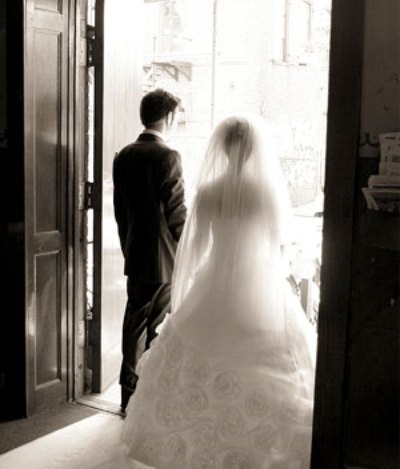
Why do brides need bridesmaids?
When attending a Roman wedding, it was not uncommon to spot 10 maidens dressed identically to the bride – decoys for evil spirits that might try to harm her, or for rejected suitors who might want to throw her over their shoulder.
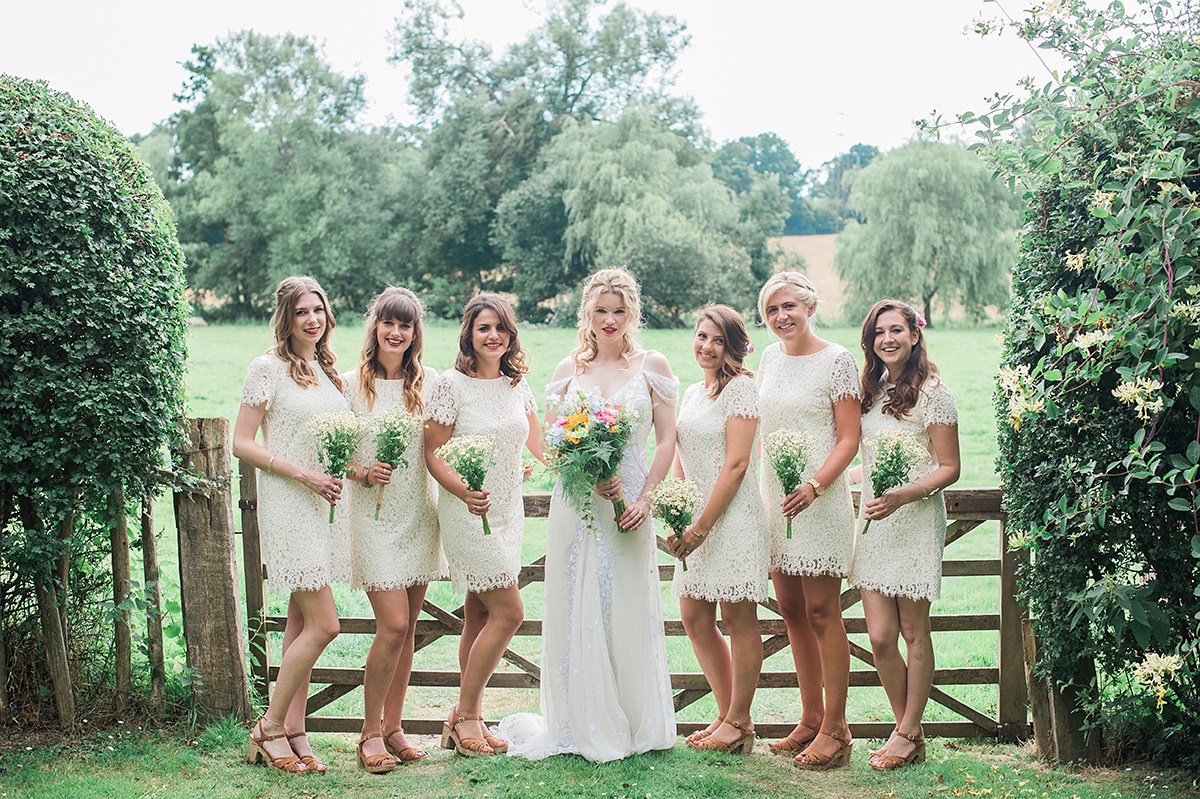

The secret to a good wedding? More sincerity, less triviality
The secret of the classic country wedding is quality over quantity, says Giles Kime
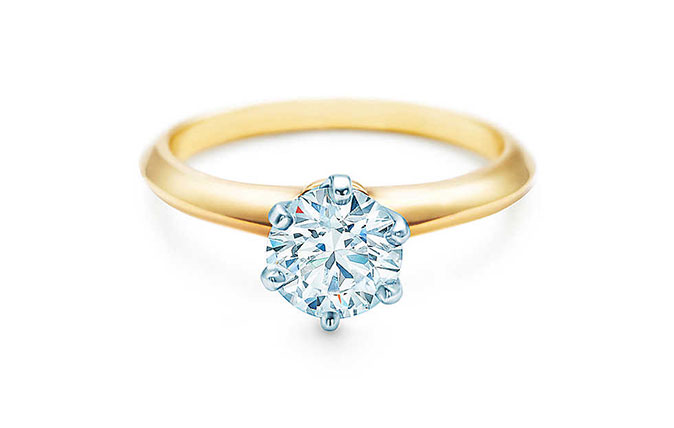
Country Life Top 10: Engagement rings - The finest rings, from Tiffany, De Beers and more
You'll be heading down the aisle before you know it.
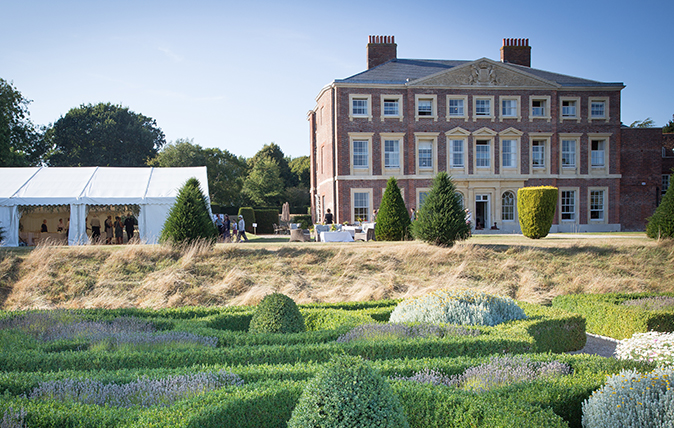
Country Life Top 10: Perfect wedding venues
Dreamy places to say 'I do'.
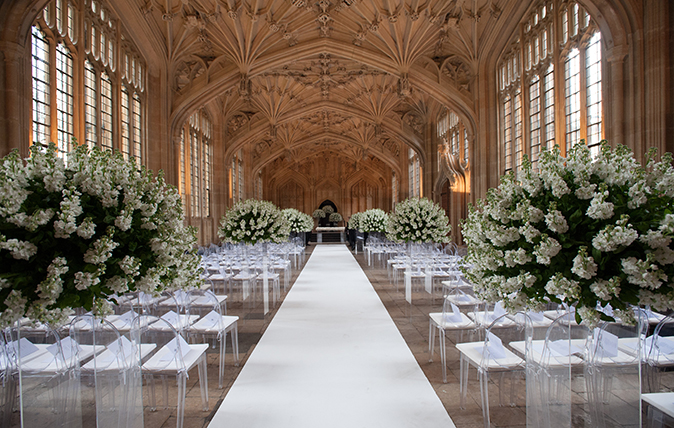
Country Life Top 10: Wedding planners that mean business
Sometimes it's best just to call in the experts.
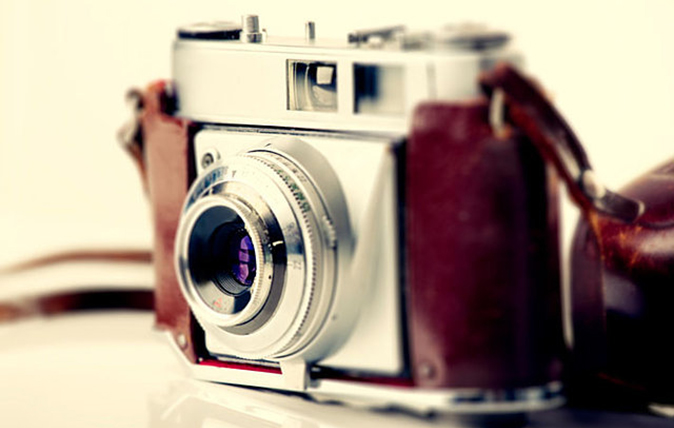
Country Life Top 10: Wedding photographers & videographers
Capture your big day with style.
Annunciata is director of contemporary art gallery TIN MAN ART and an award-winning journalist specialising in art, culture and property. Previously, she was Country Life’s News & Property Editor. Before that, she worked at The Sunday Times Travel Magazine, researched for a historical biographer and co-founded a literary, art and music festival in Oxfordshire. Lancashire-born, she lives in Hampshire with a husband, two daughters and a mischievous pug.
